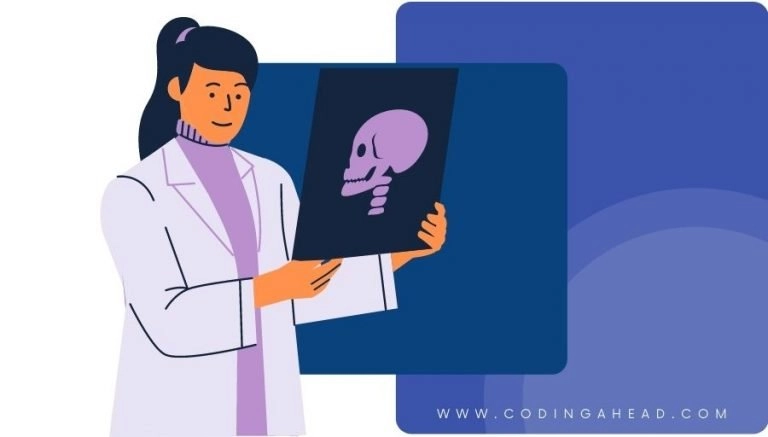How To Use CPT Code 42830
CPT 42830 describes the excision of adenoids in patients under the age of 12. This article will cover the official description, procedure, qualifying circumstances, appropriate usage, documentation requirements, billing guidelines, historical information and billing examples.
1. What is CPT Code 42830?
CPT 42830 is used to describe the excision of adenoids in patients who are younger than 12 years old. This procedure involves the removal of the adenoid tissues using various methods such as adenoid curette, biting forceps, cryoablation, laser ablation, or electrocautery. The purpose of this procedure is to remove the adenoids, which are patches of lymphoid tissue located above the tonsils, to help fight infection and improve the patient’s overall health.
2. Official Description
The official description of CPT code 42830 is the excision of adenoids in patients younger than age 12. This procedure involves the removal of the adenoid tissues using various methods such as adenoid curette, biting forceps, cryoablation, laser ablation, or electrocautery.
3. Procedure
- The patient is prepared and draped in a sterile fashion after the administration of anesthesia.
- A mouth gag is inserted to provide access to the adenoid tissues.
- The physician uses an adenoid curette or biting forceps to remove the adenoid tissues.
- The removal of the adenoids is confirmed using a laryngeal mirror.
- Bleeding is controlled using electrocautery or other appropriate methods.
4. Qualifying circumstances
CPT 42830 is performed on patients who are younger than 12 years old and require the excision of their adenoids. Adenoidectomy may be necessary for patients with chronic infections, obstructive sleep apnea, or other conditions that affect the adenoids. The procedure is typically performed by an otolaryngologist or ENT specialist who is trained in adenoid removal techniques.
5. When to use CPT code 42830
CPT code 42830 should be used when performing an adenoidectomy in patients who are younger than 12 years old. It is important to ensure that the patient meets the age criteria and that the procedure involves the excision of adenoids specifically. If the patient is 12 years old or older, a different CPT code should be used to report the procedure.
6. Documentation requirements
To support a claim for CPT code 42830, the following documentation is required:
- Patient’s age and indication for adenoidectomy
- Description of the specific technique used for adenoid removal
- Date of the procedure
- Any additional procedures performed during the same operative session
- Any complications or unexpected findings
- Signature of the performing physician
7. Billing guidelines
When billing for CPT code 42830, it is important to ensure that the patient meets the age criteria and that the procedure involves the excision of adenoids. This code should not be reported with other codes for tonsillectomy or secondary adenoidectomy. It is also important to follow the payer’s policy regarding the use of specific techniques such as cryoablation, laser ablation, or electrocautery, as these may have separate coding requirements.
8. Historical information
CPT code 42830 was added to the Current Procedural Terminology system on January 1, 1990. There was a code change on January 1, 2007, where the description was updated to specify “under age 12” instead of “less than 12”. Since then, there have been no further updates or changes to the code.
9. Examples
- A 9-year-old patient undergoes an adenoidectomy using an adenoid curette.
- A 7-year-old patient has their adenoids removed using cryoablation.
- A 10-year-old patient undergoes an adenoidectomy with laser ablation.
- An 8-year-old patient has their adenoids excised using electrocautery.
- A 6-year-old patient undergoes an adenoidectomy using biting forceps.
- A 11-year-old patient has their adenoids removed using a combination of adenoid curette and electrocautery.
- A 5-year-old patient undergoes an adenoidectomy with laser ablation.
- A 9-year-old patient has their adenoids excised using cryoablation.
- A 7-year-old patient undergoes an adenoidectomy using biting forceps.
- A 10-year-old patient has their adenoids removed using a combination of adenoid curette and laser ablation.


